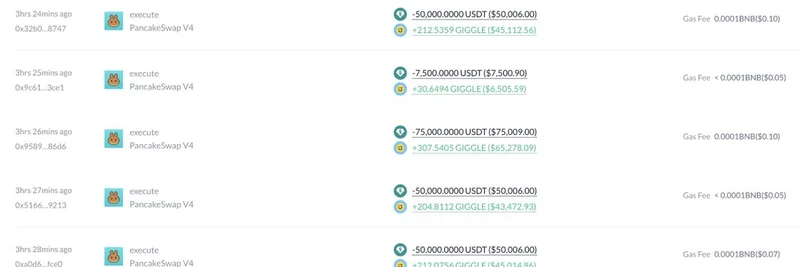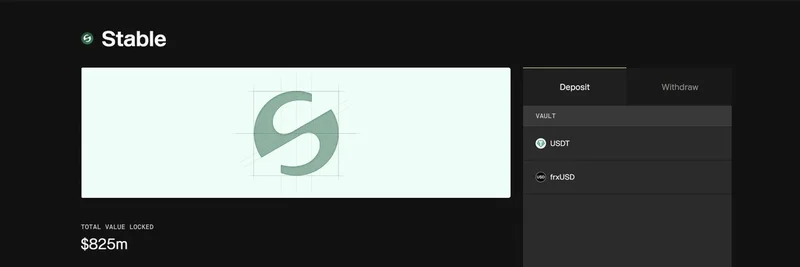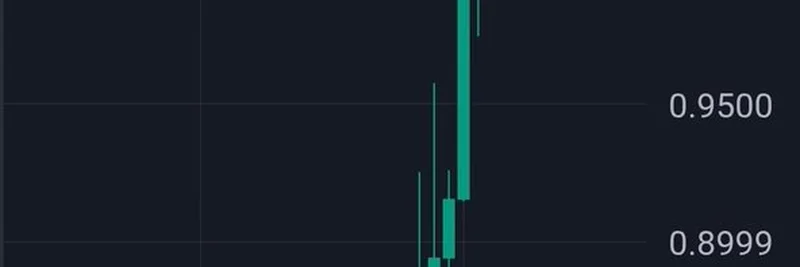Hey there, crypto enthusiasts! If you're into the wild world of blockchain and meme tokens, you've probably heard of Kaspa – that speedy Layer-1 chain that's been making waves with its unique blockDAG technology. Recently, a tweet from BSCNews caught our eye, highlighting a game-changing proposal that could amp up Kaspa's security like never before. Let's dive into what this is all about and why it matters, especially in a space where security is everything.
What's the Buzz About?
The tweet points to an article on BSC News discussing a proposal from a Kaspa community developer known as bitcoinSG. The idea? Upgrade Kaspa's wallets to make them resistant to quantum attacks. Quantum what, you ask? Quantum computing is this futuristic tech that could potentially crack traditional encryption methods used in blockchains today. Think of it as a supercomputer on steroids that might one day break into your crypto wallet if we're not prepared.
Kaspa currently uses something called Pay-to-Public-Key (P2PK) addresses, which basically expose your public key right when you receive funds. That's fine for now, but with quantum computers looming (experts say 10-15 years away), bad actors could use algorithms like Shor's to derive your private key and steal your coins. Scary stuff!
The Proposed Fix: Smarter Addresses
The upgrade suggests switching to P2PKH-Blake2b-256-via-P2SH addresses. Don't worry if that sounds like alphabet soup – let's break it down. This new format hides your public key until you actually spend the funds. It uses Pay-to-Script-Hash (P2SH), where instead of showing the key upfront, you reference a hashed script. When you spend, you reveal the key, but only then, and it's protected by Schnorr signatures and Blake2b-256 hashing.
The best part? This is just a wallet-level change. No need for a dramatic hard fork that could split the community. It's backward compatible, meaning old addresses still work, but users are encouraged to switch for better protection. Kaspa could become one of the first Layer-1 blockchains to roll out a practical defense against quantum threats – talk about being ahead of the curve!
How Will It Roll Out?
The plan is phased to keep things smooth:
- Phase 1: Wallet Updates – Wallets like yours will start generating these new secure addresses by default. SDKs and tools get tweaked, and you'll see explanations in the app about why this matters.
- Phase 2: Ecosystem Buy-In – Exchanges and services integrate support, whitelisting the new addresses and educating users.
- Phase 3: Saying Goodbye to Old Ways – Gradually phase out the risky P2PK addresses with warnings to nudge everyone over.
This transition might take 1-3 months, with minimal extra costs – just a tiny bit more data in transactions. There's even a Rust library and test tools in the works to make it easy for devs.
Why Should Meme Token Fans Care?
At Meme Insider, we focus on meme tokens, but Kaspa's community-driven vibe and hype potential give it that memey edge. Plus, in the broader blockchain space, stronger security means safer playgrounds for all tokens, including your favorite doggos and cats. If quantum attacks become real, chains without prep could crumble, affecting token values and ecosystems. Kaspa's move shows proactive thinking, which could inspire meme projects to level up their tech game.
Kaspa isn't just about memes; it's a proof-of-work chain launched in 2021 with no pre-mining, supporting fast blocks (now 10 per second after their recent Crescendo hard fork), pruning, and even plans for layer-2 solutions. Events like the upcoming Kaspa Experience in Berlin on September 13, 2025, keep the buzz alive.
Wrapping It Up
This proposal isn't just tech jargon – it's a smart step toward future-proofing crypto. If you're holding KAS or just watching the space, keep an eye on how this unfolds. It could set a standard for others. What do you think – is quantum resistance the next big must-have in blockchain? Drop your thoughts in the comments, and stay tuned to Meme Insider for more on how tech like this impacts the meme token world!



